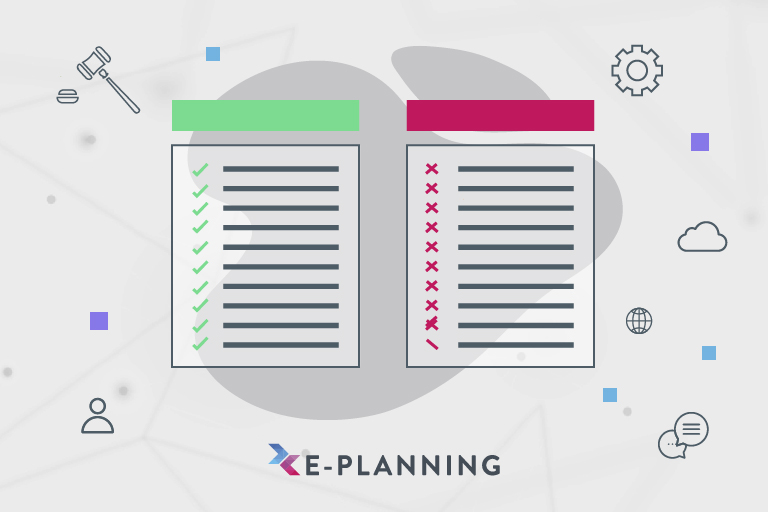Although its origins lie in the search for a solution to Google’s ad exchange inefficiencies, understanding header bidding today is essential in programmatic advertising.
When exchanging ads using “waterfall ad-buying” proved to be inefficient, header bidding emerged as a novel and noble solution for all parties involved, becoming an accepted and widely expected standard. So much so that it is estimated that more than half of North American publishers incorporated header bidding as their leading modality.
What is header bidding?
Also known as pre-bidding or holistic yield management, header bidding allows publishers to simultaneously receive and collect various ad offers from in demand sources, before calling their ad server.
What are the benefits of header bidding?
By having the ability to see the demand sources and thereby ascertain the real value of their offers, publishers can aspire to obtain the highest CPM (Cost Per Thousand Impressions) possible. In addition, the competition benefits from this transparency and generates better opportunities to win the impression. Lastly, it also gives them the chance that their inventory entry will be higher, as performance also improves.
What is Client-Side Header Bidding?
Also known as browser-side header bidding, this involves adding a piece of JavaScript between site tags. Thanks to this, the code is executed every time a page is loaded and in this way the ad request is sent to several partners, allowing the highest bidder to win the auction.
What is Server-Side Header Bidding?
This is a newer solution and in reality is not very different from the way client-side header bidding works. The biggest difference is that requests are sent from a central server rather than from the user’s browser. This way the publisher avoids any problems associated with latency (page load times).
What are the pros and cons of both?
Although both versions are good choices for their efficiency and transparency, when making a decision on which to move forward with, it is always important to know what the benefits of each are:

- Cookie Matching: While with the client-side version, you can synchronize header bidding with the site’s cookies and therefore display personalized advertising to the user. This is not possible with the server-side since the requests are not sent from the browser.
- Latency: The server-side option significantly reduces latency and page load times. While it is true that we are talking about a difference of just a few milliseconds, as far as the overall user experience is concerned this has a positive impact.
- System Administration: The container where the JavaScript code for the client-side is added allows publishers to easily add and remove demand sources and even establish supply wait times. This is not possible with server-side, causing this information to be hidden from publishers.
- Formats: With the increase in popularity of ad formats such as Rich Media or video ads (ads that generally have a longer load time) the server-side has shown to achieve better performance due to not depending on the JavaScript code implemented in the browser.
Offering different advantages, the choice of the client-side or service-side header bidding should be based on details such as inventory, demand and market trends. In this sense, the implementation offered by E-PLANNING integrates both knowledge of the technology, expertise in the markets and the constant support we provide our clients.
For more information go to www.e-planning.net

